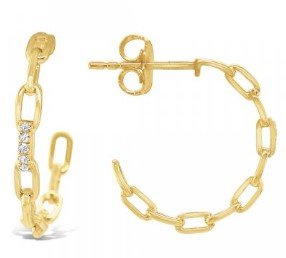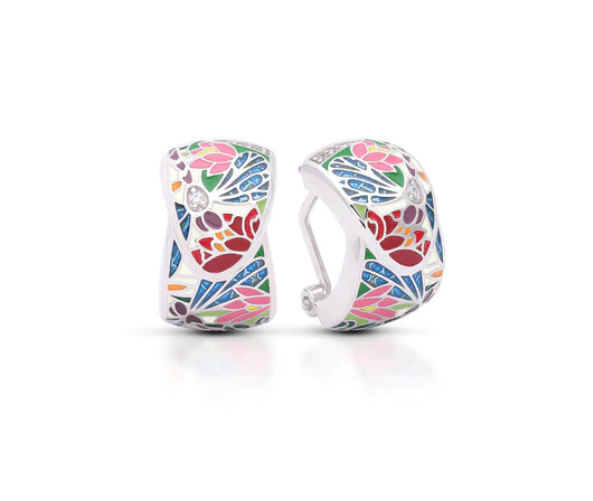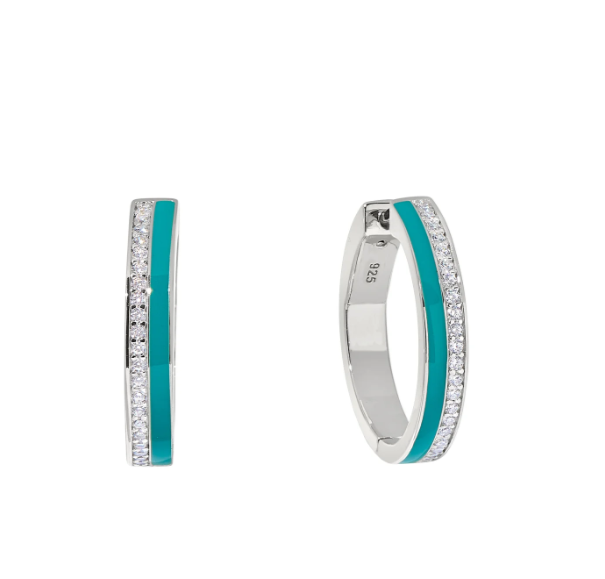Earrings may seem purely decorative, but they can also have health-related meanings and effects, depending on cultural beliefs and the way they’re worn. While we might not think of earrings as directly linked to health today, their impact on well-being has been acknowledged throughout history in various traditions and even in some areas of modern wellness practices.
1. Earrings in Traditional Medicine and Energy Practices
In some traditional medicine systems, certain ear piercings are thought to interact with energy meridians or pressure points in the body. For instance:
Acupressure and Acupuncture: Traditional Chinese Medicine (TCM) and Ayurveda have identified specific points on the ear believed to correspond to various body systems. According to TCM, the ear is a microsystem of the body, containing reflex points that relate to organs and other body parts. For example, the ear lobe is thought to connect to the eyes, while the center of the ear connects to the back and spine. Some people get piercings in certain areas for potential therapeutic effects, like the tragus for reducing anxiety or daith piercings for alleviating migraines.
Ayurveda and Ear Piercing Rituals: In Ayurvedic practices, piercing the ears is said to have health benefits, from balancing energy to supporting brain health. In India, ear piercings are often done as a part of a traditional ritual for young children, believed to enhance intellect, reduce anxiety, and improve hearing.
Potential Benefits of Ear Piercings
Some specific ear piercings have developed a reputation for particular health benefits:
Daith Piercing for Migraines: A daith piercing, located in the innermost cartilage fold of the ear, has gained popularity among migraine sufferers, as it’s believed to hit an acupressure point that might help reduce headache severity and frequency. While scientific evidence is limited, some people report relief, potentially due to placebo effects or actual pressure-point stimulation.
Helix Piercing for Chronic Pain: The helix, or the upper cartilage of the ear, is thought by some to help relieve chronic pain when pierced. Though studies have not confirmed this, there are anecdotal accounts of reduced pain, especially among people with fibromyalgia or back pain, who feel that this piercing may stimulate pressure points.
Mental Health and Sensory Aspects of Earrings
Beyond traditional health beliefs, earrings can influence well-being in other, subtler ways:
Self-Esteem and Identity: Wearing earrings can boost self-confidence and self-expression. The act of decorating oneself can enhance mood and self-perception, which can have indirect effects on mental health. A person who feels confident in their appearance may experience reduced stress and improved well-being.
Grounding and Sensory Stimulation: For some, the sensation of earrings, especially heavier ones, can provide a sense of grounding, similar to the effect of certain types of pressure therapy. This might offer comfort for people who find sensory input calming, like those with anxiety.
Physical Health and Piercing Considerations
While earrings are generally safe, it’s important to approach ear piercings with care to prevent infections and other complications:
Sterilization and Hygiene: Ensuring clean, sterile piercing environments and high-quality materials (like surgical steel, titanium, or gold) is crucial, as this can help prevent infections, allergic reactions, and irritations. Nickel and other metals can cause allergic reactions in sensitive individuals, making hypoallergenic options important for overall skin health.
Potential Risks for Specific Conditions: Certain individuals with immune system issues or diabetes need to take special care with ear piercings to avoid complications. Slow healing, infection risks, and skin sensitivities are considerations for these groups, and they may benefit from consulting a professional before piercing.
Ear Piercings as Part of Cultural and Spiritual Health
In many cultures, earrings and ear piercings are part of spiritual practices that contribute to a sense of community, identity, and balance. In India, for instance, ear-piercing ceremonies (Karnavedha) are not only cultural but also thought to promote good health and ward off negative energies. This practice brings a sense of heritage and connection, which can support mental and emotional health by fostering a strong sense of belonging.
In Native American and African cultures, earrings are sometimes part of rituals that mark life transitions, serving as meaningful reminders of resilience and growth. These cultural practices bring a sense of grounding and security that may contribute to emotional well-being and identity, which are fundamental to overall health.
The Mind-Body Connection of Jewelry and Well-being
Earrings may impact our well-being by helping us feel aligned with our identity, increasing our confidence, and connecting us to cultural and familial heritage. Whether or not one subscribes to traditional beliefs about pressure points, wearing earrings can help bridge the mind and body by fostering a sense of inner harmony, which is essential to health.
Earrings are far more than mere accessories; they carry a blend of cultural, historical, and health-related significance. Whether through potential pressure-point stimulation, ritualistic value, or simply the confidence they bring to the wearer, earrings can influence our physical, mental, and emotional health in surprising ways. From ancient practices to modern interpretations, earrings are a small but powerful tool in fostering a connection to oneself, one’s culture, and, ultimately, one’s well-being.
*blog is AI written
















